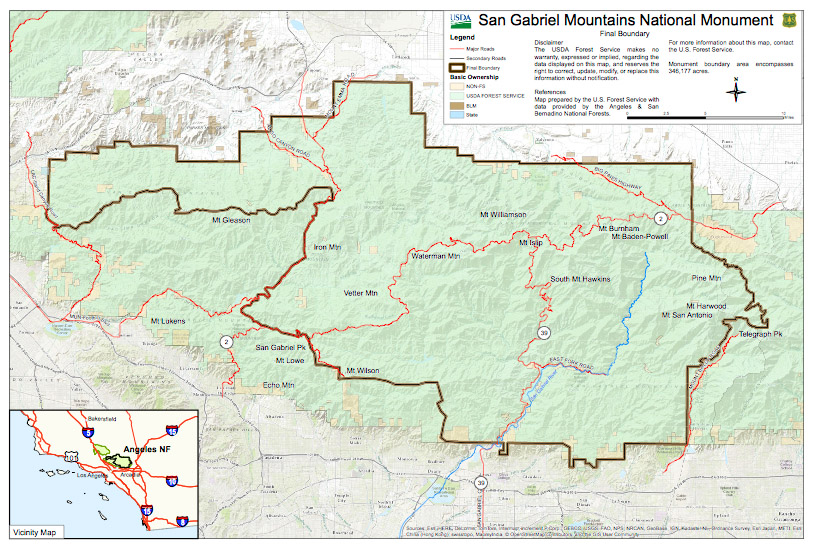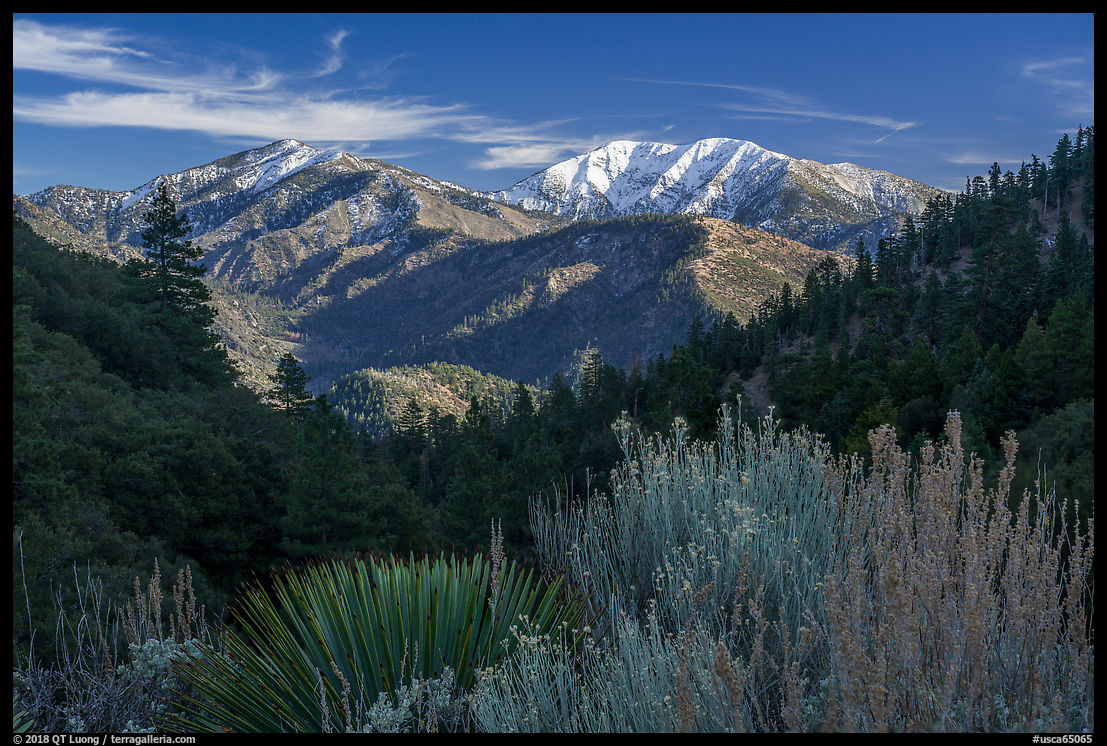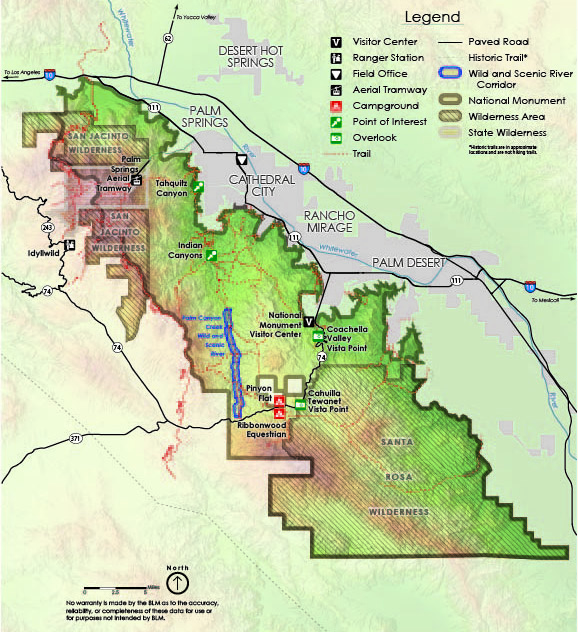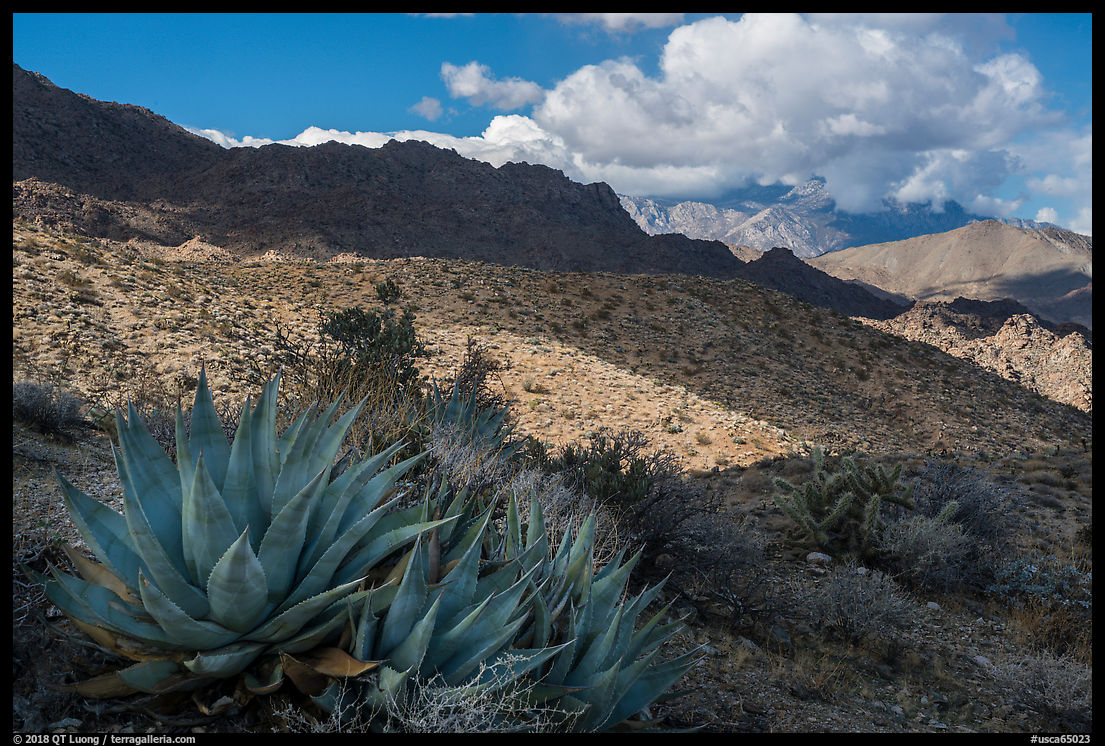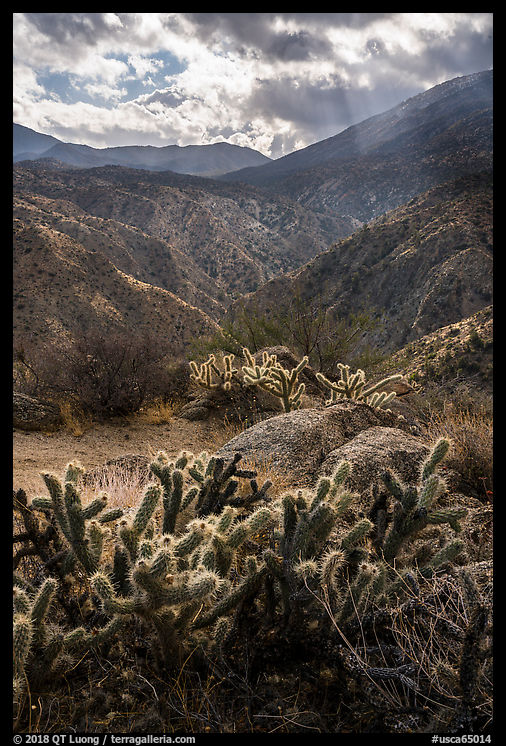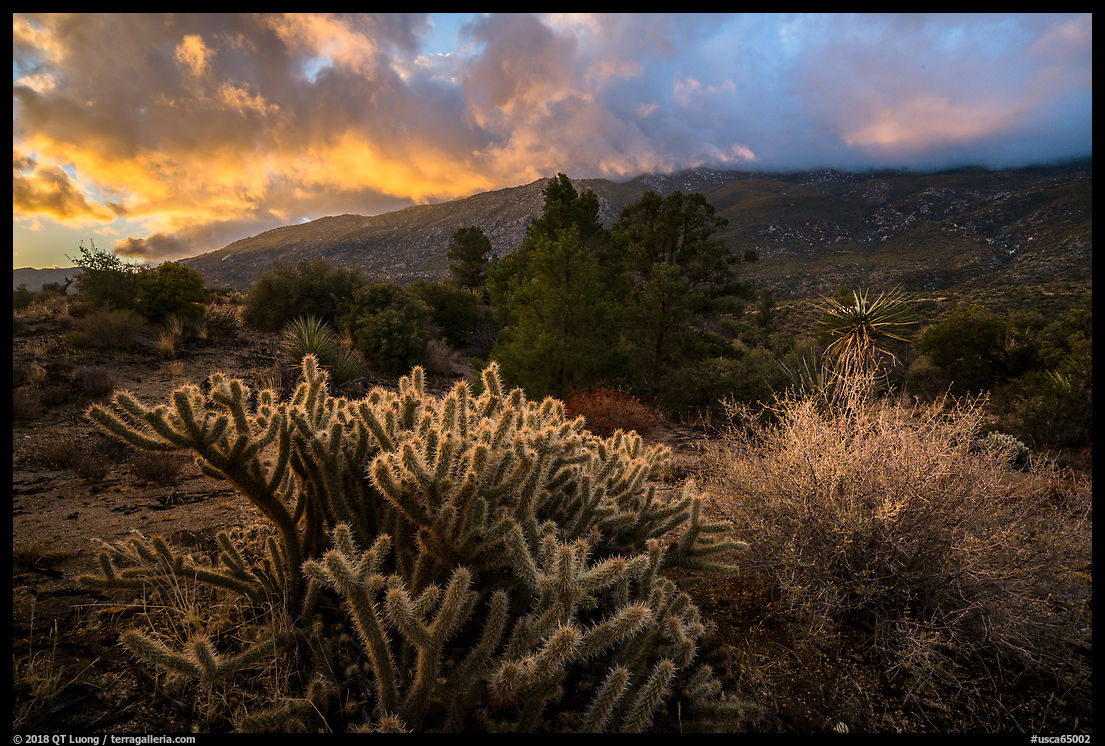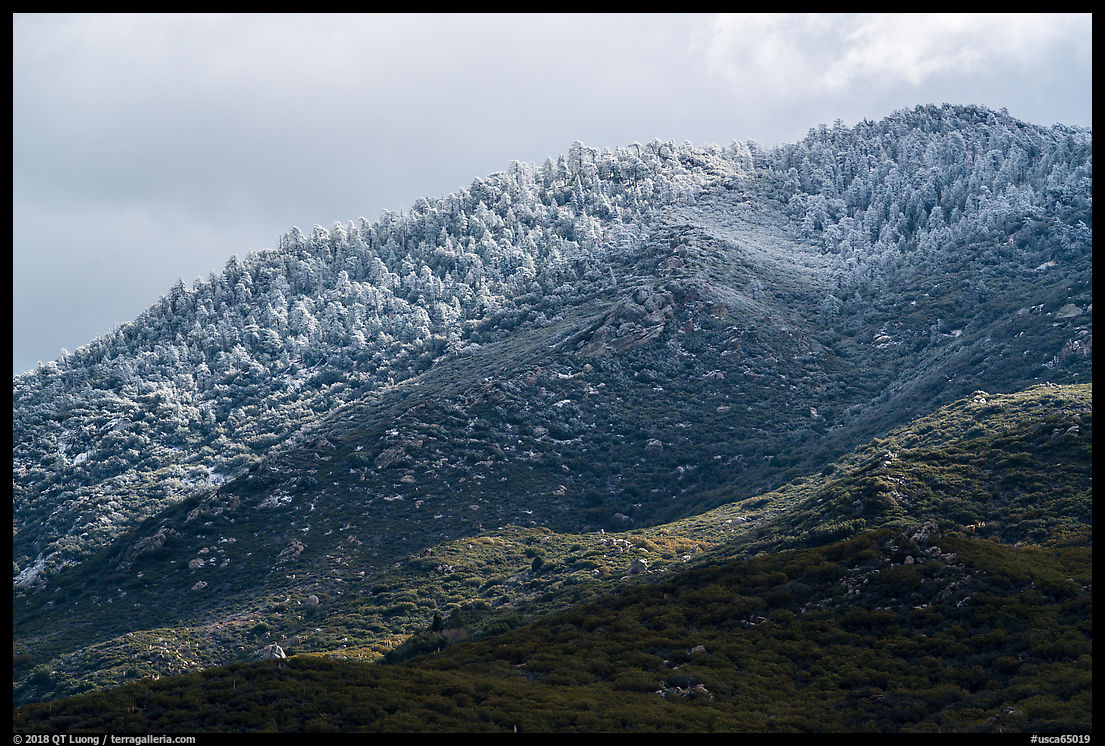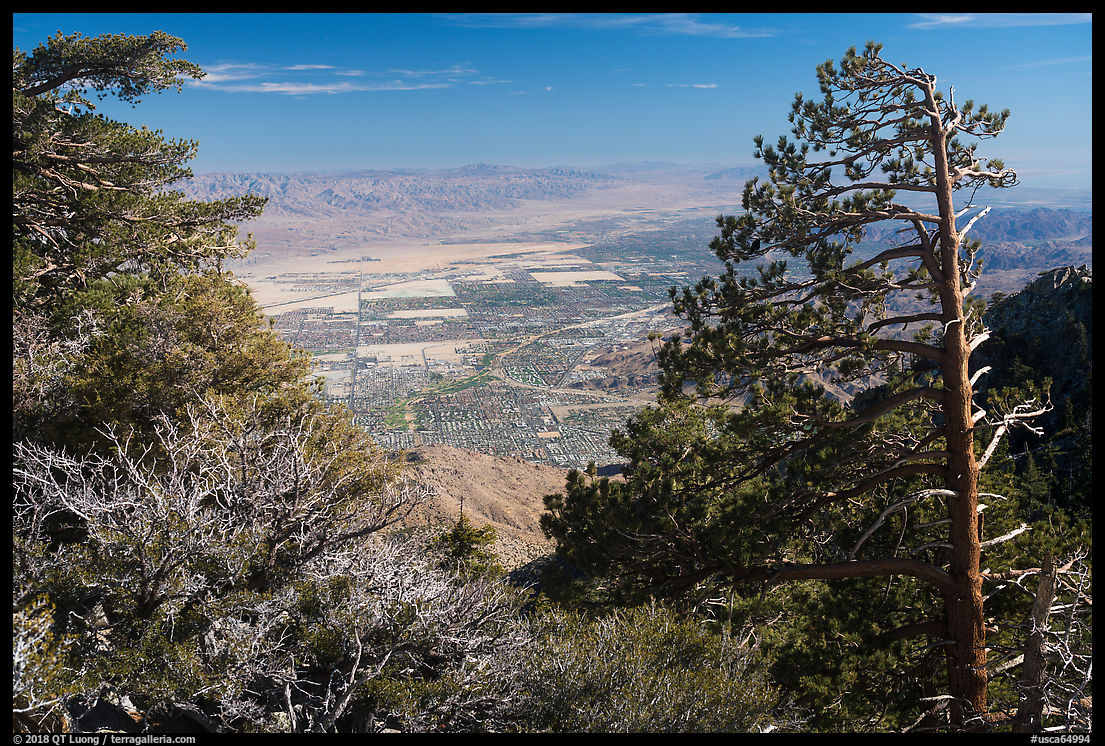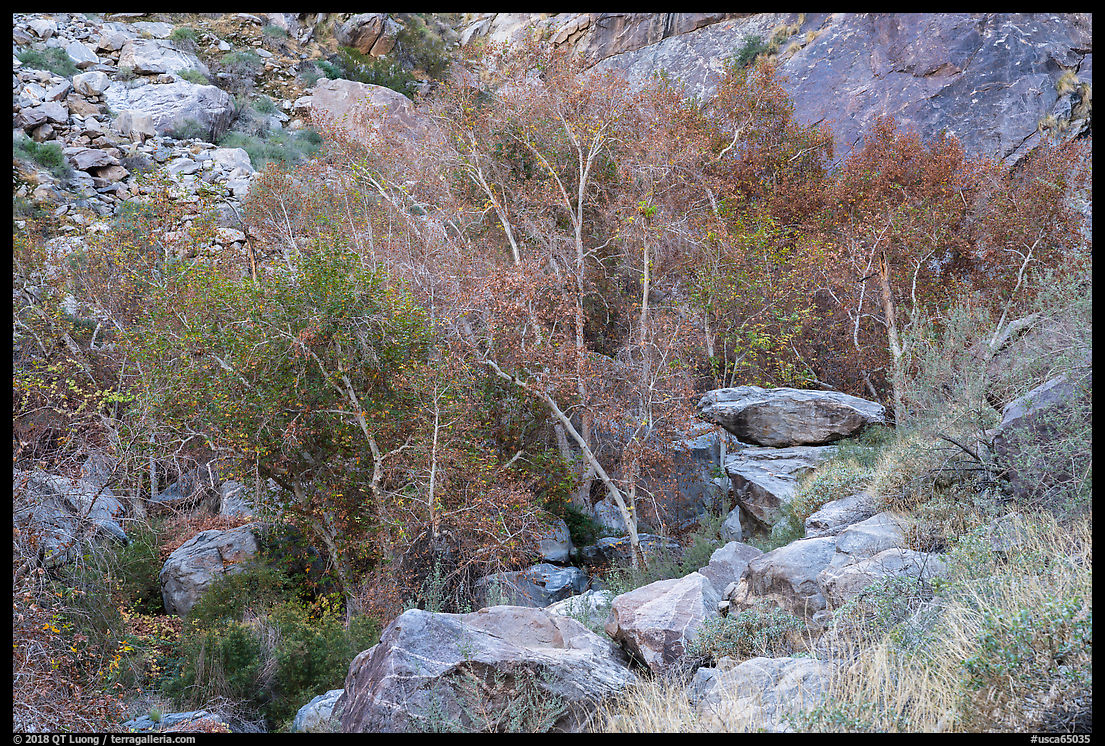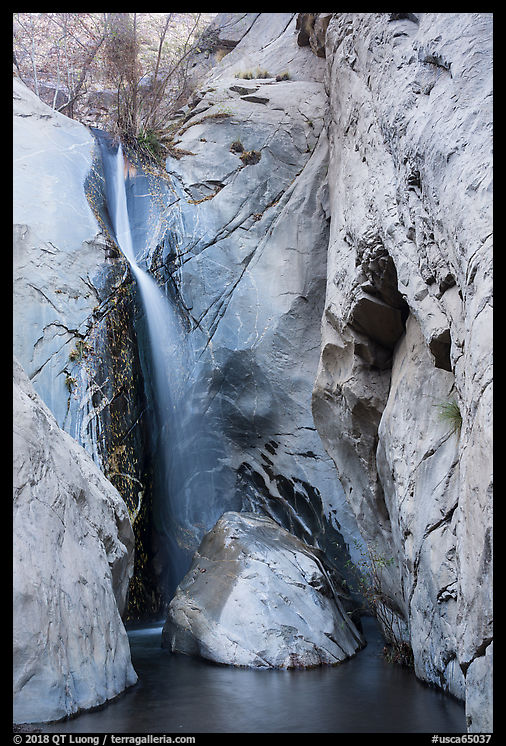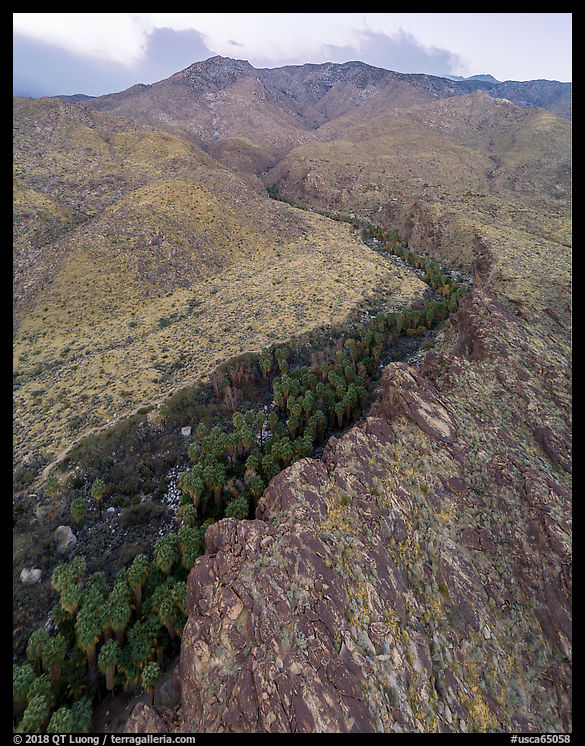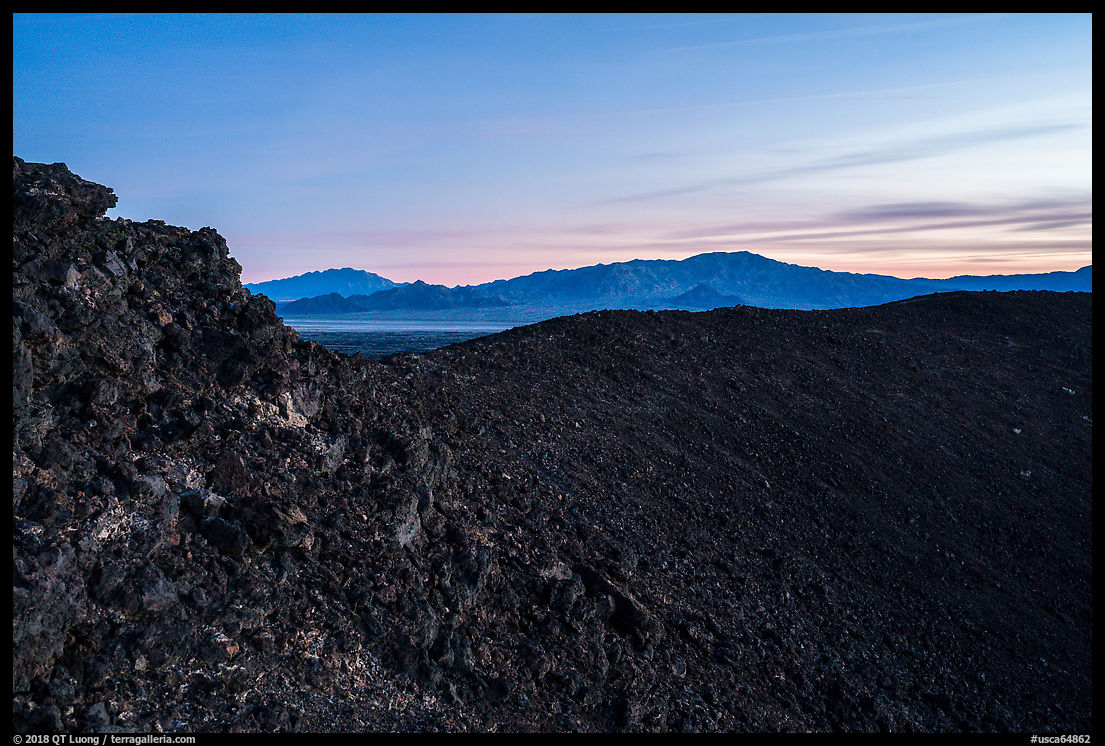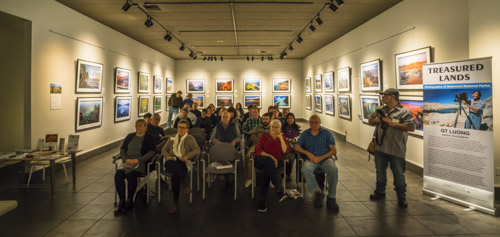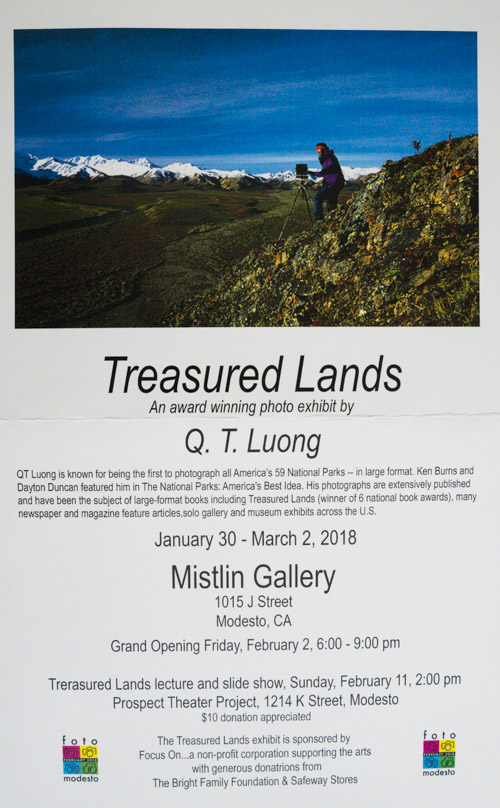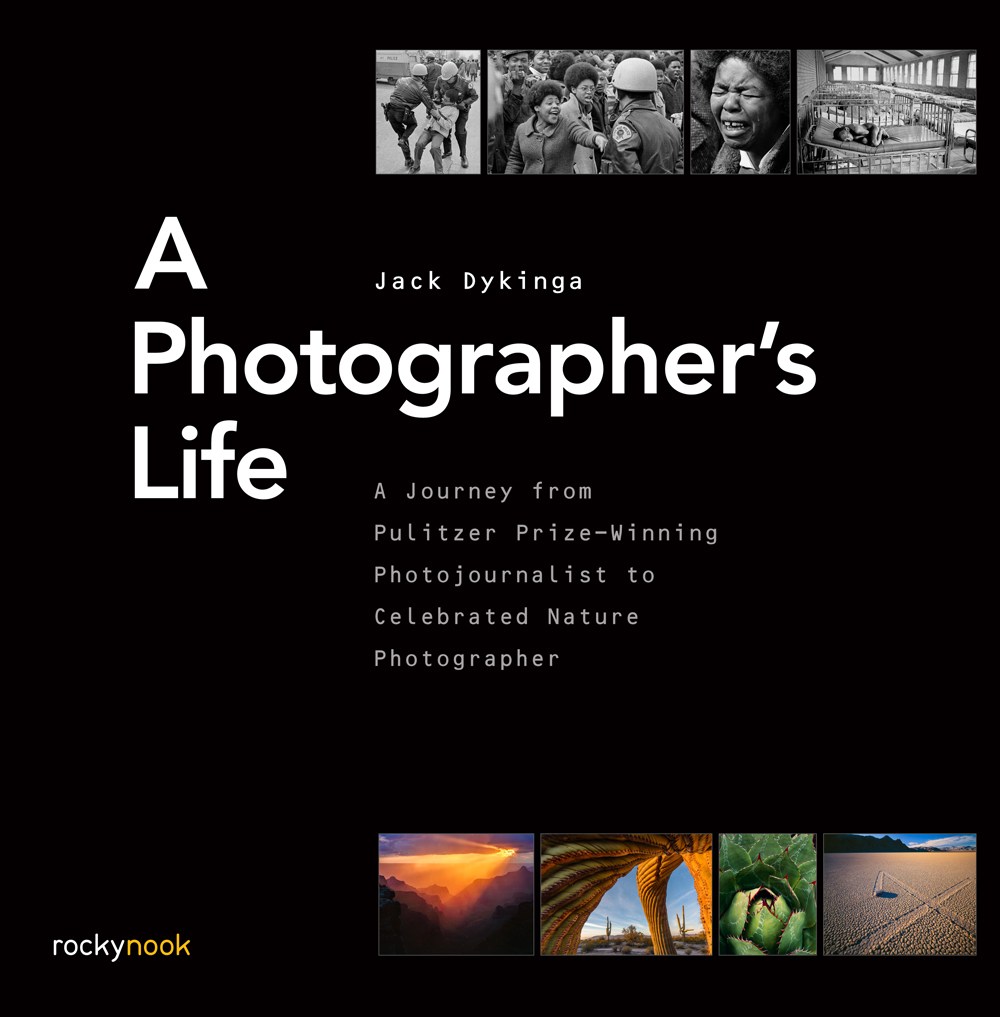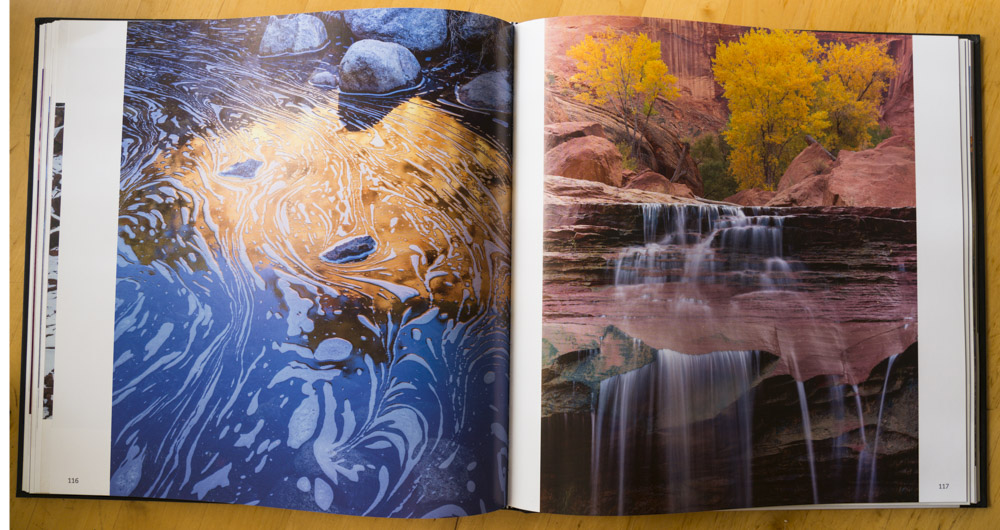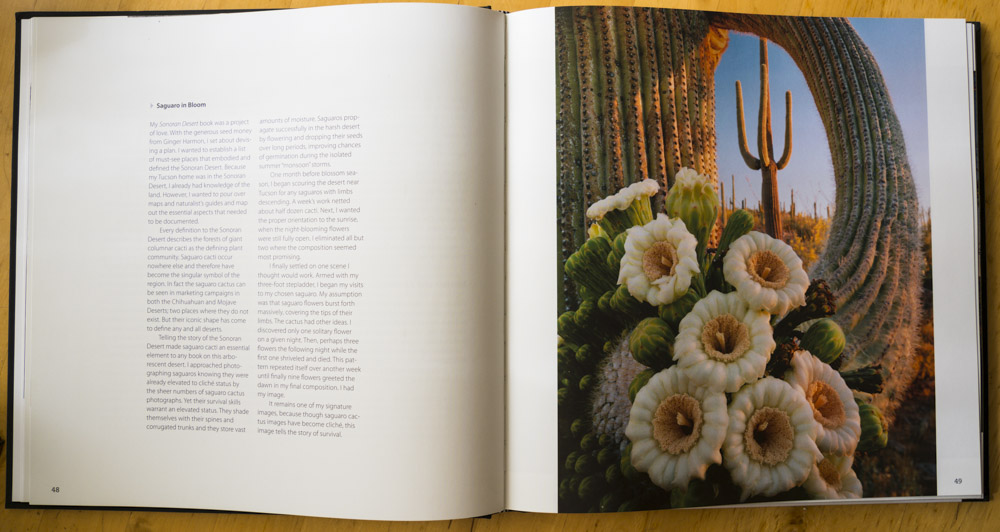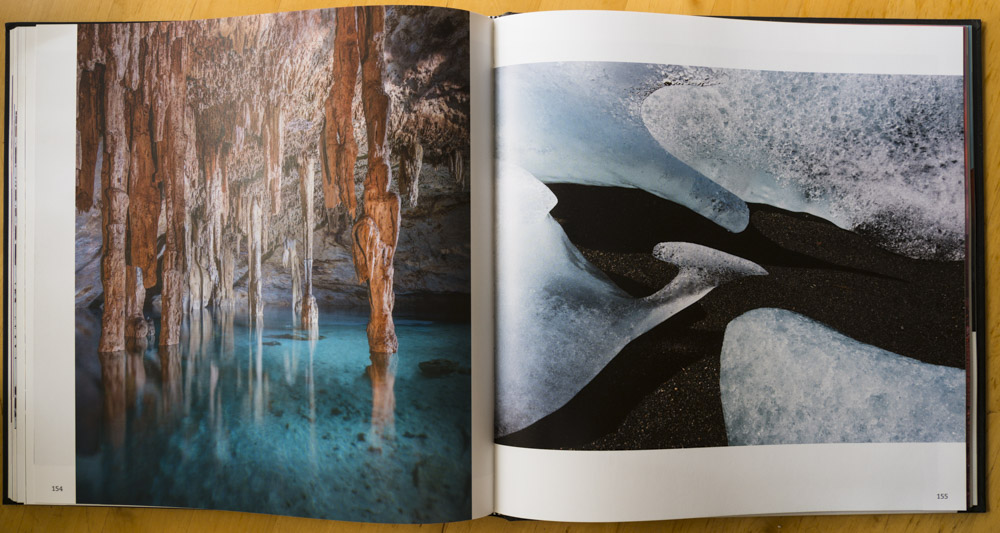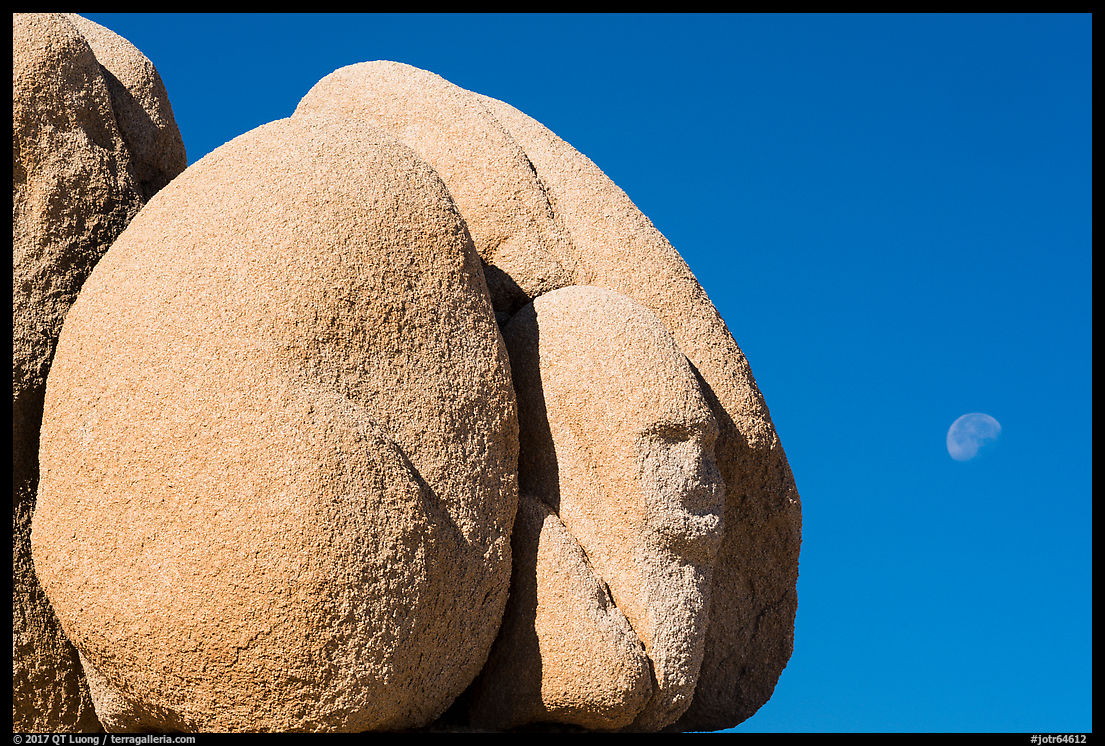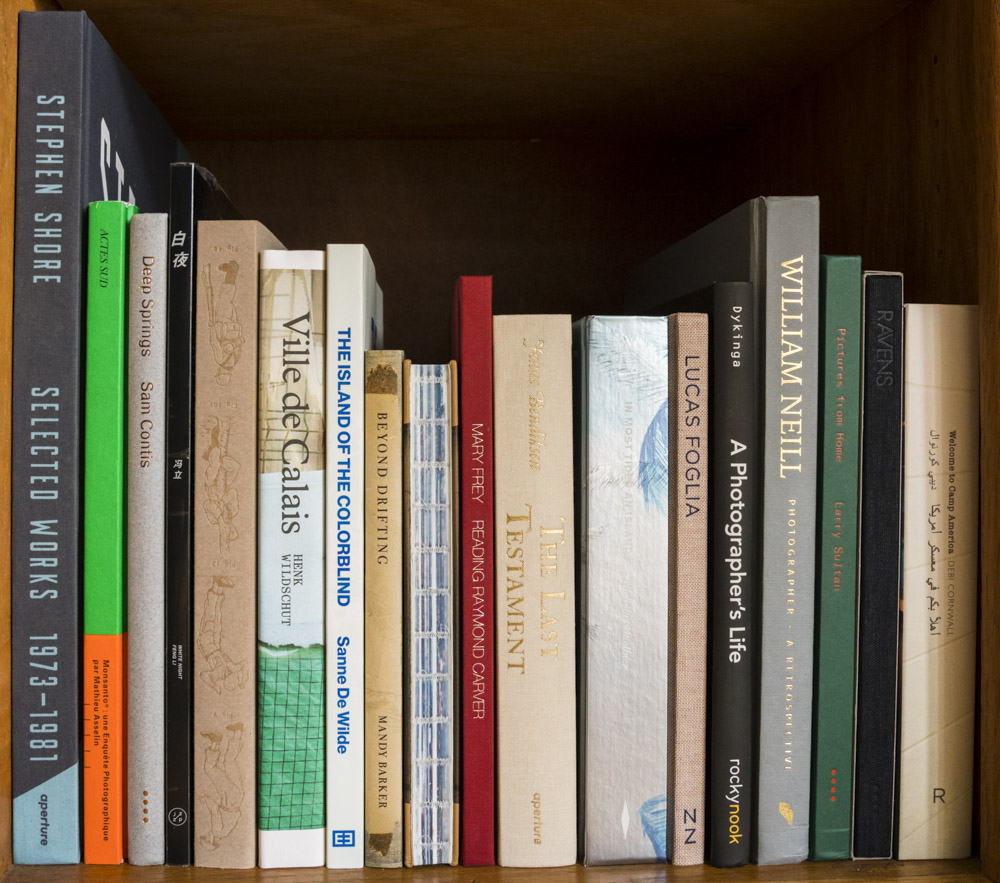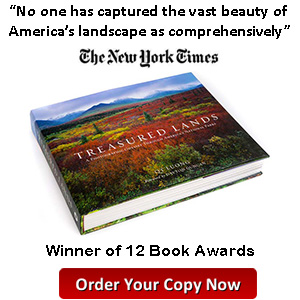Gateway Arch National Park: First Impressions

On Feb 28, a light drizzle greeted me in St Louis, but the rain soon stopped. After a long day of travel, instead of looking for dinner, I donned all the layers of clothing I had brought with me and walked to the Arch. The low clouds that were swirling around it enhanced its power. At first, they obscured the top, but lifted through the evening to reveal the entire structure. Entranced by the Arch, I stayed until rangers chased me away past 11 pm, the official closing time of the Arch’s grounds. I photographed the Arch for four consecutive days, but images from this evening remain my favorites. In particular, the following image is the first I made of the Arch.

Family obligations and a speaking engagement had kept me in San Jose for a few days. Upon arrival in St Louis, I checked in at the City Place St. Louis – Downtown Hotel. It is a particularly convenient base for visiting Gateway Arch National Park because of the location two blocks away from the Arch and the Old Courthouse. The helpful and friendly staff exchanged my room for one with a view of the Arch (below) at no additional charge. Hotels guests can park with in-and-out privileges for $20/day at the adjacent Mansion House Garage, which is cavernous, but quite labyrinthine. However, if you are traveling lighter than I did – I packed my the 5×7 large format film camera kit and a full digital kit – you could easily do without a car since St Louis has an excellent transit system, including a light rail system that extends to the airport.

Expecting just another monument, I was awed by the Arch. The combination of size and purity of form was nothing like I’d seen before. One number sums the size: at 630 feet (192 m) high and wide, it is the world’s tallest arch and the tallest man-made monument in the entire Western Hemisphere. However, that’s one thing to know about the size of the Arch, only by standing at its base you realize how large it is.

Besides the size, the Arch exhibits a particularly pure kind of beauty. It was designed as an inverted catenary curve; a shape such as would be formed by a heavy chain hanging freely between two supports, and its section is an equilateral triangle 54 ft (16.46m) at the base, but only a slender 17 ft. (5.18m) at the top. With a stainless-steel skin, it reflects the light and the sky.

Maybe because its beauty draws from mathematics and the way it changes so much with light, as a former scientist turned photographer I found it particularly moving. I’ve visited the other iconic monuments in America, which are surprisingly few: the Statue of Liberty, Mt. Rushmore, the Washington Monument, and to me, the transcendent power of the Arch easily surpasses them all, like a modern version of the Pyramids.

The Arch is more than a shiny monument. Besides its size and beauty, it is a technological and engineering marvel. It used more stainless steel than any other one project in history. Looking at the slender curved pillars, it is hard to imagine that you can take a ride to the top. However, they are hollow and hide a remarkable transportation system, an ingenious combination of Ferris wheel, escalator, and tram, which each year takes a million visitors on the trip to the top. It is quite a squeeze, as you ride aboard something that could be described as a tiny spaceship pod.

Windows on the observation platform are tiny because they have to withstand an intense pressure, but their 45-degree angle let you look straight down vertically and also to the horizon. The view of St Louis was spectacular, and a ranger pointed me to a landmark 30 miles away. On a mid-week winter visit, there were no waiting lines to purchase the $13 ticket for the ride, and although you can stay as long as you want at the top, in between the arrivals of the trams, the observation platform was uncrowded. However, on a Saturday several dozens lined up, and I guess summer would be worse.

Jefferson National Expansion Memorial was established in 1935, to commemorate Thomas Jefferson (Presidents Washington and Lincoln were already memorialized on the National Mall), his Louisiana Purchase, and the resulting westward expansion of the U.S. The park is located along the Mississippi River, on founding site of St Louis, where the Louisiana purchase was completed in 1804, and near the starting point of the Lewis and Clark Expedition. In 1947 a competition took place to select designs for a monument. Although it was his first major project, the Finnish-American architect Eero Saarinen won the competition, but he would not live to see the completion of the structure. Historically, the Arch is a masterpiece of modern architecture and marks one of the first uses of structural engineering, in collaboration with Hannskarl Bandel, to study the feasibility of a structure.

There is more to the park than the Arch. The grounds were designed by influential landscape architect Dan Kiley to complement and reflect the Arch. It could be said that they reflect each other, and cannot be separated, as together they represent a cohesive artistic endeavor, one of the most significant contemporary man-made landscapes in the country. The landscape around the Arch reflects the curves of the structure in many elements. It was interesting to identify them in the curved walkways, stairways, and even the shape of the railroad tunnel entrances, and the curvature of the overlook walls.

The design of the park created an axial relationship between the Arch and the Old Courthouse. The Arch is the tallest structure in Missouri, as the Old Courthouse had been once. While the Arch is an exemplar of mid-20th-century architecture, the Old Courthouse is an exemplar of mid-19th-century architecture. The dialog between those two structures adds depth to the park.

The Old Courthouse dome is in the Italian-Renaissance style similar to that of the National Capitol. Both were under construction at the same time, but the Old Courthouse was completed before, therefore becoming an inspiration for many civic buildings in America. Although the exterior is classic and stately, the interior is elaborately decored. Each floor features its own style, and they become more ornate as you go up.

In addition, the Old Courthouse is historically significant, as the place where the Dred Scott case began. One of the most important cases in American history started there in 1846, when the slave family of Dred and Harriet Scott successfully sued for their freedom. Several appeals resulted in a U.S. Supreme Court decision in 1857 which reverted the St Louis court’s and precipitated the Civil War.

The room where the case took place no longer exists, but inside the building, most of which is open to the public, you can see two circuit courts restored to their historic appearances. When I visited, the Old Courthouse also served as a visitor center and museum for the park, as the main visitor center and museum located underground beneath the arch is being rebuilt, part of an extensive renovation of the site that will be completed this summer.

All of this makes the Arch and its grounds one of the standout places in America, with several areas and themes. However, it also stands apart from the other national parks, an idea that I will examine in a subsequent post.
